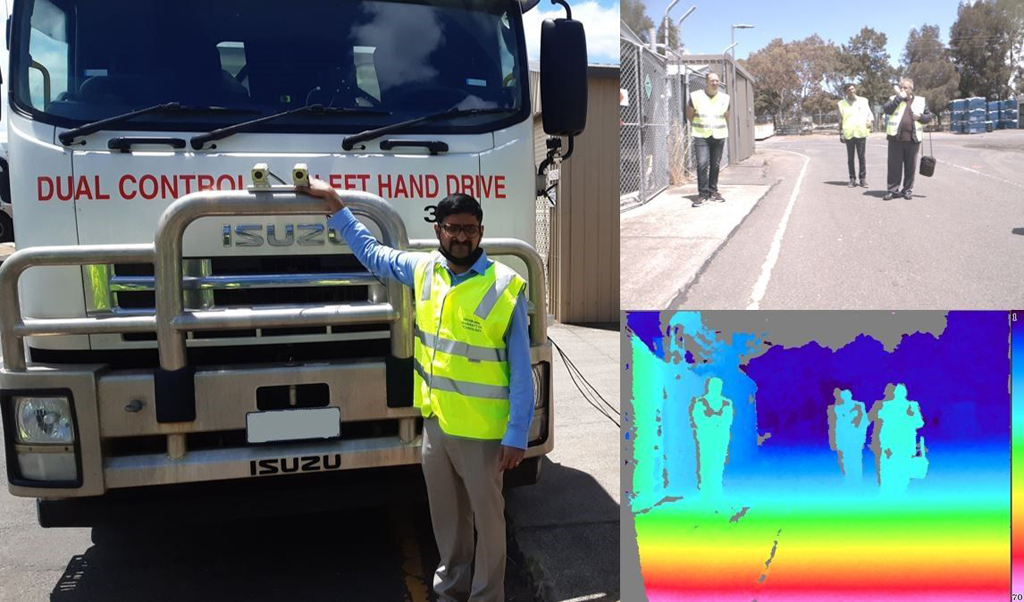Australian researchers apply IoT and 5G to garbage trucks
- February 14, 2022
- Steve Rogerson

Garbage trucks could be the new frontline in repairing local roads, thanks to a research collaboration between Australia’s Swinburne University of Technology and Brimbank City Council that uses 5G and IoT technologies.
The project will see high-resolution cameras and GPS sensors attached to Brimbank’s waste trucks. The data captured from these connected devices will be sent in real time to a cloud-based system that can create an easy-to-use map of assets that require maintenance, such as road signs, bus shelters or damaged roads.
This should reduce the time it takes to identify, document and fix issues, removing the need for costly manual reporting and auditing, and saving up to fifty per cent of asset auditing costs.
Supported by $1.18m from the federal government’s Australian 5G Innovation Initiative and working with Australian telco Optus, the project will also help demonstrate how 5G can reliably support the needs of smart cities around Australia.
Director of Swinburne’s Factory of the Future and Digital Innovation Lab, Prem Prakash Jayaraman, said the project presented unique problems that 5G and IoT technology could help solve.
“Swinburne is bringing together researchers, government and industry to co-create safe, resilient solutions for smart and sustainable cities,” said Jayaraman. “Together, we are enhancing access to services, places and economic opportunities, and improving quality of life. We are delighted to be working with the forward-thinking Brimbank Council, and utilising Swinburne’s leading capabilities and world-renowned expertise in internet of things and digital innovation to demonstrate a solution that can be used in cities across Australia and around the world.”
Brimbank mayor Jasmine Nguyen added: “Residents have told us via the Community Survey that improving the appearance of Brimbank’s roads, road signs, bus stop shelters and roadside spaces is a high priority. This innovative 5G-based project offers us a quicker and more efficient way to identify which assets need maintenance, and to get the information to the work crews. Simply put, this project will help the council respond faster to assets that need maintenance. The council is pleased to be working with Swinburne University and Optus on this ground-breaking project. Our project will also lead the way for other councils considering 5G for road and roadside asset condition monitoring.”
The stereo vision and depth cameras attached to the garbage trucks will collect 3D perception data at a rate of 900Mbit/s. For comparison, average mobile download speeds in Australia in 2020 were around 43Mbit/s.
To add extra complexity, the garbage trucks travel across every street in the council area each week and need to transmit the data in real time while moving at varying speeds. This makes the environment perfect for testing the capabilities of the 5G network, while also helping maintenance teams work more effectively.
As part of the project, maintenance teams will be able to get information directly on their phones and upload proof of maintenance performed on the spot.
With more than 900km of road under maintenance and an estimated $15m to $20m spent every year of maintaining and improving road and roadside assets in Brimbank alone, it is hoped the project will not only improve the lives and safety of local residents, but also help councils around Australia save millions.




